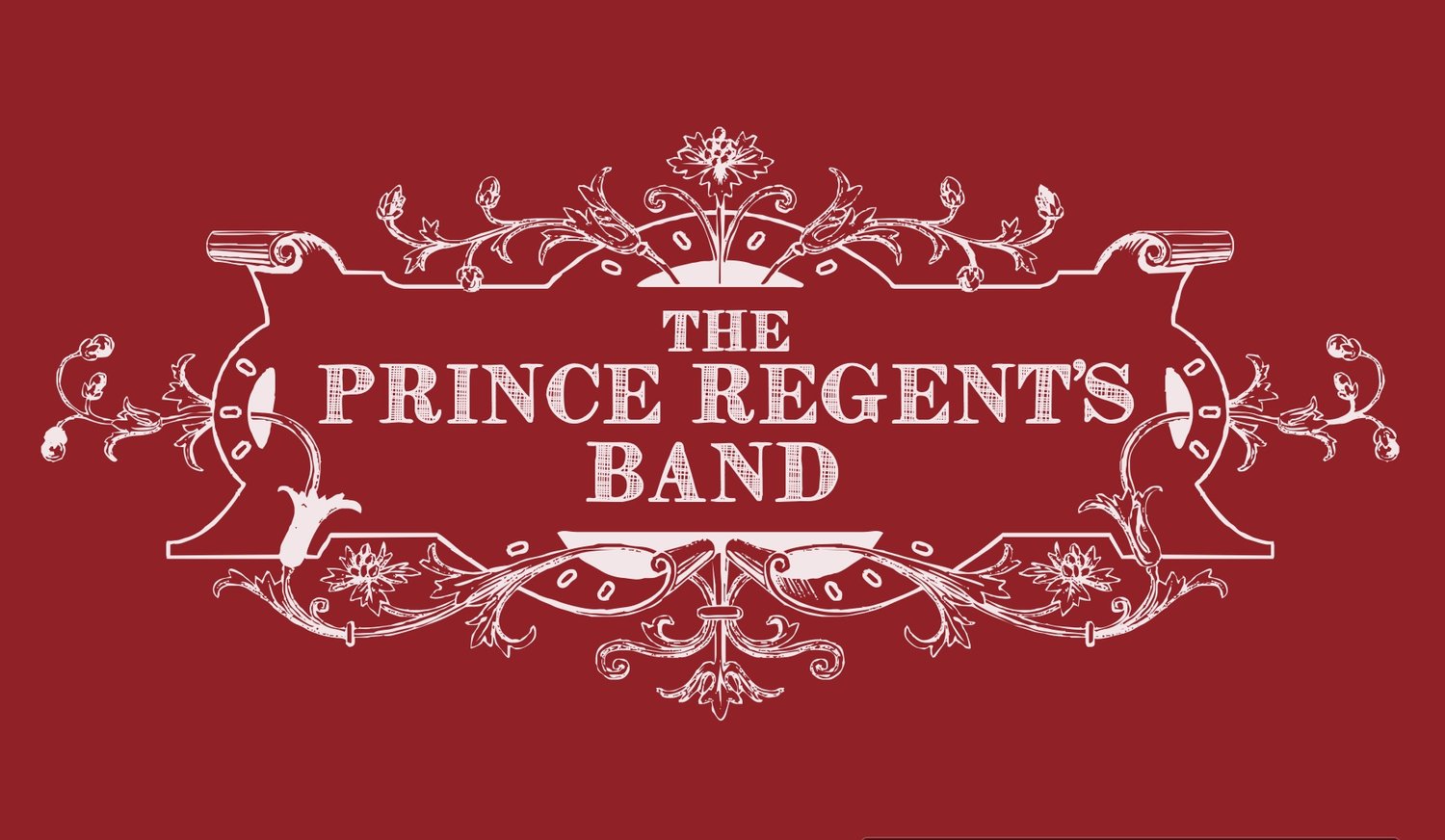In the first of what PRB hopes will be a regular series of guest blogs, we'd like to introduce PRB's good friend Andrew Lamb, manager of the Bate Collection, Oxford.
ANDREW LAMB: ON MUSEUM CARE OF BRASS INSTRUMENTS
The Bate Collection was first established in 1970, with the gift of 300 flutes and other woodwinds by Philip Bate, an instrument collector and a founder member of the Galpin Society. After his initial benefaction, further major collectors and donors added to the Collection, which now numbers almost 2,000 instruments including orchestral woodwind and brass instruments, many dating back over 300 years.
The Collection is a primary source for research into musical instruments, and is also used by students interested in the practicalities of historically informed performance. It is one of the few collections in Europe that actively encourages the playing of its instruments, where reasonably possible. Many of the instruments can be used either for technical examination or for playing, in order to observe the variations between historical instruments and their modern counterparts. This was the original purpose of the Collection as conceived by Philip Bate, and it has always been a guiding principle for the use of the Collection.
However, this has led to some tensions concerning the Museum’s duty of care for historical objects, which need to be preserved for the enjoyment of future generations. It has long been recognised that while access to collections is regarded as desirable in order to increase the understanding of our musical heritage, this has sometimes been achieved at the expense of the instruments, which must form the primary focus of attention.
In addition, as a fully accredited museum, the Bate Collection must conform to those standards set down by the Arts Council of England and other statutory bodies. Beyond that, there is also a duty to the wider museum-using constituency; the Bate Collection therefore hosts educational school visits, concerts, recitals and numerous skill-sharing events for other museum professionals. Nevertheless, its primary function is to serve as a resource for the students and lecturers of the Faculty of Music of the University of Oxford.
In allowing the use of brass instruments, we need to confront a number of conservation issues. Caring for brass instruments is complicated in a number of ways. We must deal with the deterioration of the metal parts and, alternatively, deal with the deterioration of moving parts; valves, springs, key-work, etc.
Any metal will naturally deteriorate over time and it is the duty of care for museums to minimise this process where possible. Agents of deterioration associated with handling and playing instruments include the following main threats:
- Acid deterioration from human sweat on the hands
- Oxidation on the interior of the instrument from moist air introduced while playing
- Traumatic damage caused by negligent handling
- Mechanical damage caused by constant use of valves.
Provided an instrument is maintained in playing condition, is cleaned after use and dried properly, its use as a playing instrument can be extended for quite some time. In some cases, centuries. That, however, does require constant attention. This is a luxury that many collections do not enjoy. Consequently, museums tend to take a more conservative approach. Very often the instruments reach a condition whereby major restoration is required to get them into playing condition. This can compromise the historic integrity of the instrument and can be regarded as counter-conservation practise. It is a long-running debating point.
Having accepted that, we can now make value judgements about the desirability of using historical instruments for performance. In the Bate Collection, we feel that, provided the instrument is sufficiently robust, and that it’s use will be broadcast to the widest possible audience, and that the playing contextualises the traditions of the instrument, playing can be permitted. Accordingly, our work with the Prince Regent’s Band has given us an opportunity to showcase some of our iconic instruments.


